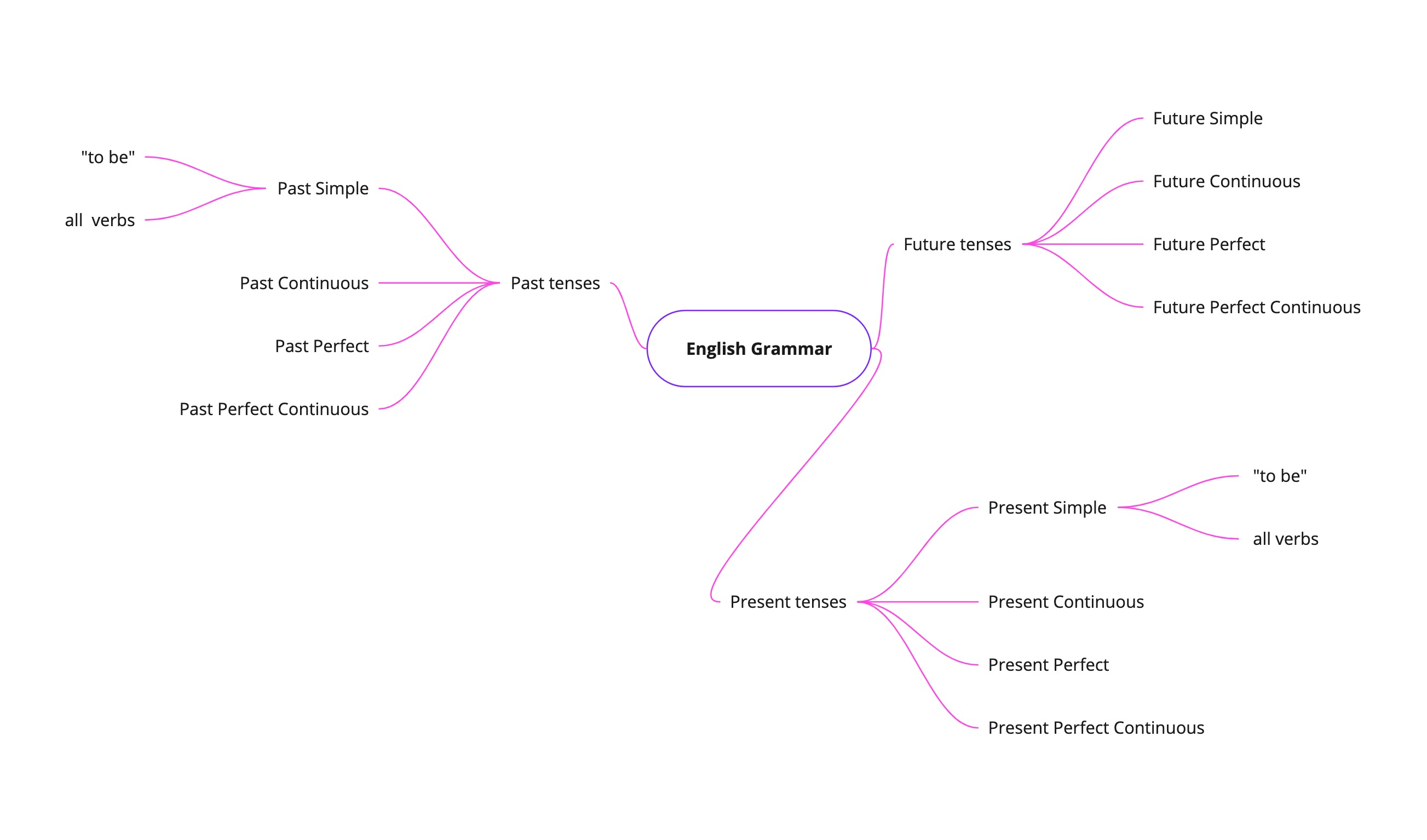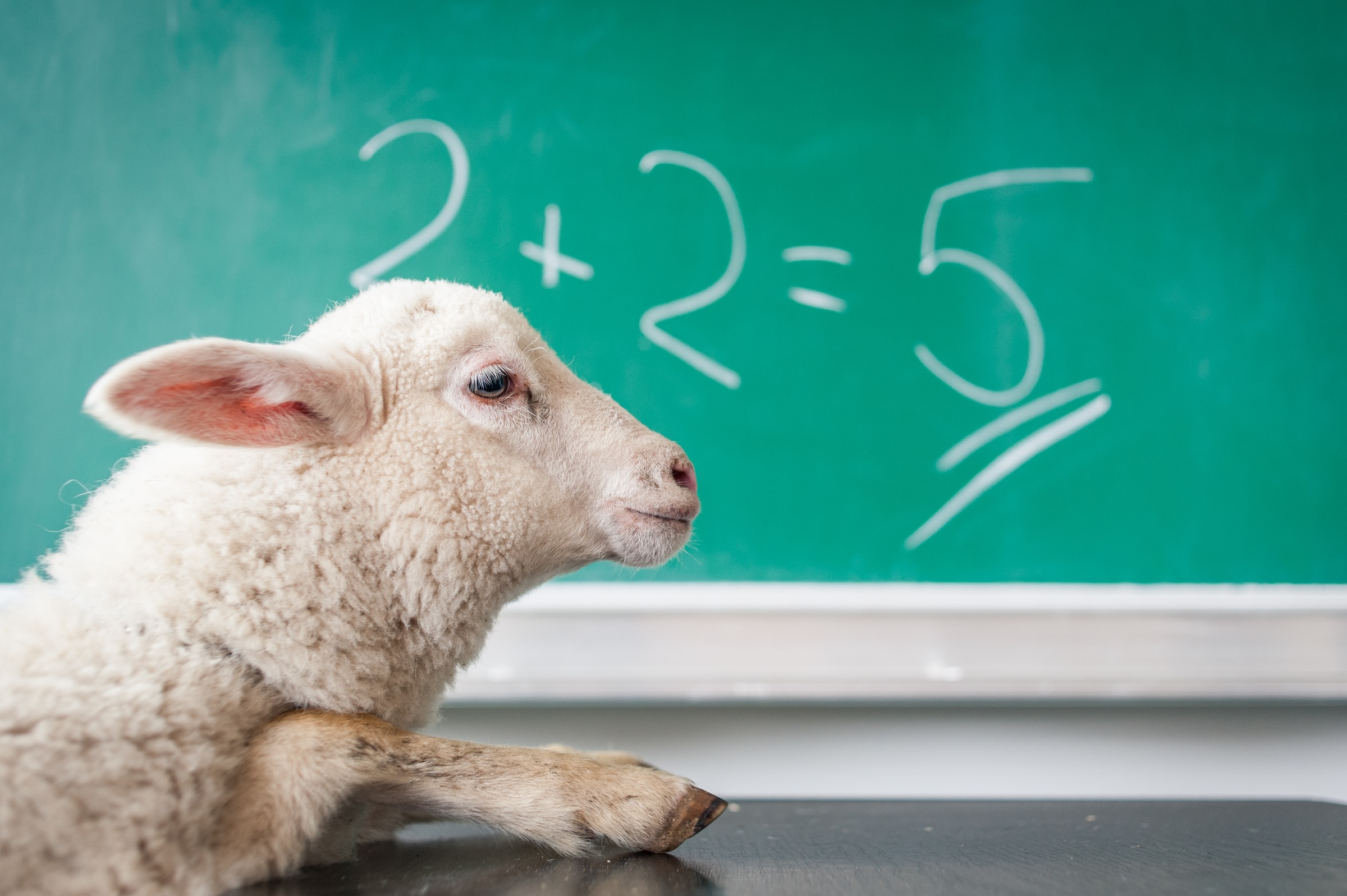The amount of English grammar tenses can vary according to the source of information you use, but how many are there – 10, 12, 15, 16? And do we need all these tenses, aren’t they similar? Well, in this article we will try to answer these questions. We will divide all grammar tenses into three big groups: present, past and future. So, let’s begin!
Group 1: Present tenses
This group has four tenses, these are:
- Present Simple
- Present Continuous/Progressive
- Present Perfect
- Present Perfect Continuous
The first tense in this group is the simplest one and it is named Present Simple. Use it when you talk about regular situations in the present, for example: "I usually clean my flat every Sunday".
The second tense here is Present Continuous or Present Progressive. This is a continuous tense and it is used to describe an action in a moment, for example: "I am cleaning my flat at the moment".
The third tense is Present Perfect and it describes an action in the past but which is usually connected with the present situation or conversation. It usually has a result in the present which matters for the speaker, for example: "I have already finished my housework, so I can go out".
The fourth tense is the most complex – Present Perfect Continuous. It describes a continuous past action with some result in the present, for example: "She has been cleaning her flat the whole day to prepare it for the birthday party".
Group 2: Past tenses
This group also consists of four tenses, these are:
- Past Simple
- Past Continuous/Progressive
- Past Perfect
- Past Perfect Continuous
The first tense is Past Simple, it is used to describe an action in the past. In addition, we usually know the time of the action. For example: "I cleaned my flat yesterday".
The second tense – Past Continuous describes a continuous action in the past, for example: "She was cleaning her flat, when the guests suddenly arrived".
The third tense is Past Perfect, which is used to talk about a finished action in the past before the other action with the result in the past. For example: "She had already cleaned her flat by the time the first guest arrived there".
The forth tense – Past Perfect Continuous is used to describe continuous action in the past which has finished before the other action. It also can have some result in the past. For example: "She had been cleaning her flat for an hour when Ben came in".
Group 3: Future tenses
And the third group has four tenses as well:
- Future Simple
- Future Continuous/Progressive
- Future Perfect
- Future Perfect Continuous
The first tense is named Future Simple, it describes an action in the future. We can also use it to make predictions about the future events which we are certain of. For example: "I think I will start cleaning my flat now".
The second tense – Future Continuous is obviously a continuous tense and describes an action which will be lasting in the future. For example: "She will be cleaning her flat this time next Thursday".
The third tense is Future Perfect and it is used to talk about the actions which will finish at an exact time in the future. For example: "She will have cleaned her flat before the beginning of the party".
The fourth tense – Future Perfect Continuous is really complex. It describes a continuous action which will last till some time in the future. Check the example: "By the time we arrive at Tina's house, she will have been cleaning her flat already for two hours".
To sum up, mind that there are 12 tenses in the English language. You can divide them by past, present, future or simple, continuous, perfect. As you see on the scheme below, there are 3 simple, 3 continuous, 3 perfect and 3 perfect continuous tenses, which have similar usages and verb forms. Also, all these tenses are important, but the most common are Present Simple, Past Simple, Future Simple, Present Continuous, Past Continuous, Future Continuous, Present Perfect, Past Perfect and Future Perfect. For your convenience there is a scheme (Scheme 1. English Grammar tenses) with all the tenses below. So, make sure you understand the differences between these tenses!

Scheme 1 – English Grammar tenses










Comments (0)